Politics
Nixon drinks Gevalia coffee
Aug 1971: Posters appeared around Stockholm showing U.S. President Richard Nixon drinking a cup of coffee. They appeared to be ads for Gevalia coffee — though it seemed odd that Nixon would do an ad for Gevalia.
image source: moderna museet
According to Google Translate, "Gevalia dricks mest" means "Gevalia is drunk the most"
It turned out that the posters were the work of artist Kjartan Slettemark. He had combined an image of a hand holding a coffee cup, taken from an actual Gevalia ad, with a photo of Nixon distributed by the U.S. embassy. The posters were apparently a satirical commentary on the recent acquisition of Gevalia by an American company.

Indianapolis Star - Aug 6, 1971
The auction house Bukowskis offers some more details about Slettemark's hoax:
Three years later, Slettemark returned to Nixon as a subject. Slettemark applied for a new passport, but instead of submitting a picture of himself he used an altered picture of Nixon. The passport authorities accepted it. Images and text below from Cabinet magazine (Spring 2009):


Posted By: Alex - Sat Nov 02, 2024 -
Comments (0)
Category: Art, Politics, Coffee and other Legal Stimulants, 1970s
Monument to the Unelected
The front yard of a Phoenix home displays campaigns signs of major candidates who have lost a presidential election, including failed candidates of yesteryear such as James G. Blaine and Winfield Hancock.The signs are the work of artist Nina Katchadourian who calls it the "Monument to the Unelected." She's been creating it (and finding homes to host it) every presidential election cycle since 2008. On her website she explains:
More info: smoca.org, AZFamily.com


Posted By: Alex - Sat Oct 26, 2024 -
Comments (3)
Category: Art, Politics, Signage
Mr. President Game
Just in case you have not gotten your fill of politics this year, why not search out a copy of the Mr. President Game and play a few rounds?Visit Board Game Geek for details.


Posted By: Paul - Tue Oct 01, 2024 -
Comments (0)
Category: Games, Politics, 1960s
Politician promises weight loss
A low-ambition campaign promise: Adeline Geo-Karis promised that, if elected Comptroller of Illinois, she would lose 50 pounds. She didn't win.
Bloomington Pantagraph - May 23, 1986
Posted By: Alex - Thu Sep 05, 2024 -
Comments (1)
Category: Politics, 1980s, Dieting and Weight Loss
Presidential Songs and Slogans
In this election year, we could do with some innovative songs and slogans--but I doubt if we'll get any that compare to these historical ones.Taken from THE BOOK OF POLITICAL LISTS.






Posted By: Paul - Mon May 20, 2024 -
Comments (5)
Category: Music, Politics, Proverbs, Maxims, Sayings, Folk Wisdom and Quotations, Nineteenth Century, Twentieth Century
Gilbert Young, most rejected author ever
Gilbert Young first came to the attention of the British press in the 1960s as a crusader for a single world government. He ran repeatedly for various political offices but never won an election.Below is an ad he placed in the papers seeking new members for his "World Government Party."

Bristol Daily Press - Jan 29, 1964
But his real claim to fame came in the mid 1970s when the editors of the Guinness Book of Records learned that, for years, Young had been trying to get his book published but had only received rejections from publishers. His book, World Government Crusade, had, by 1974, been rejected 80 times. So Guinness listed him in its 1975 edition as the record holder for the "greatest recorded number of publisher's rejections for a manuscript."

Bristol Daily Press - Sep 26, 1974

Guinness Book of Records 1975
For over fifteen years Guinness continued to list him as the holder of this record. Every few years it would update the number of his rejections. By 1990 his book had been rejected 242 times.

Guinness Book of Records 1991
I thought that perhaps Young's book would now be available to read or purchase somewhere on the Internet. But no, as far as I can tell it's still unavailable.
Posted By: Alex - Tue May 14, 2024 -
Comments (3)
Category: Eccentrics, Politics, World Records, Books
The Fifth Dimension Sings “The Declaration of Independence”
Was this the secret origin of SCHOOLHOUSE ROCK?
Posted By: Paul - Mon Feb 26, 2024 -
Comments (0)
Category: Law, Music, Politics, PSA’s, Twentieth Century
Cold War Coloring Books
AboutComics.com recently released an expanded edition of Cold-War Coloring: Political Adult Coloring Books of the Kennedy Era, and WU played a small part in its creation.The book collects together politically-themed, satirical coloring books of the 1960s. Such as the JFK Coloring Book and Khrushchev’s Top Secret Coloring Book.
For the expanded edition the editor, Nat Gertler, wanted to include the Sing along with Khrushchov coloring book, published in 1962. However, he couldn't find a copy of it. There were no copies in libraries and none for sale.
Then he discovered that we here at WU happened to have posted a scanned copy of it online back in 2020. I tried to connect him with the reader who had sent us the scanned copy, so that he could get a higher-quality version of the pdf, but no luck there. But thankfully Nat was able to make do with the copy we had. So now this obscure title is once again in print.
Glad we were able to help prevent it from being lost forever.

Posted By: Alex - Thu Oct 19, 2023 -
Comments (1)
Category: Politics, Books, 1960s, Satire
A Comic That Scared the Senate
The infamous Senate Hearings on horror comics in the 1950s are well known. And in fact, you can read the whole 316-page transcript here.I thought it might be fun to see one of the actual stories that triggered the politicians. It follows after the next two images.
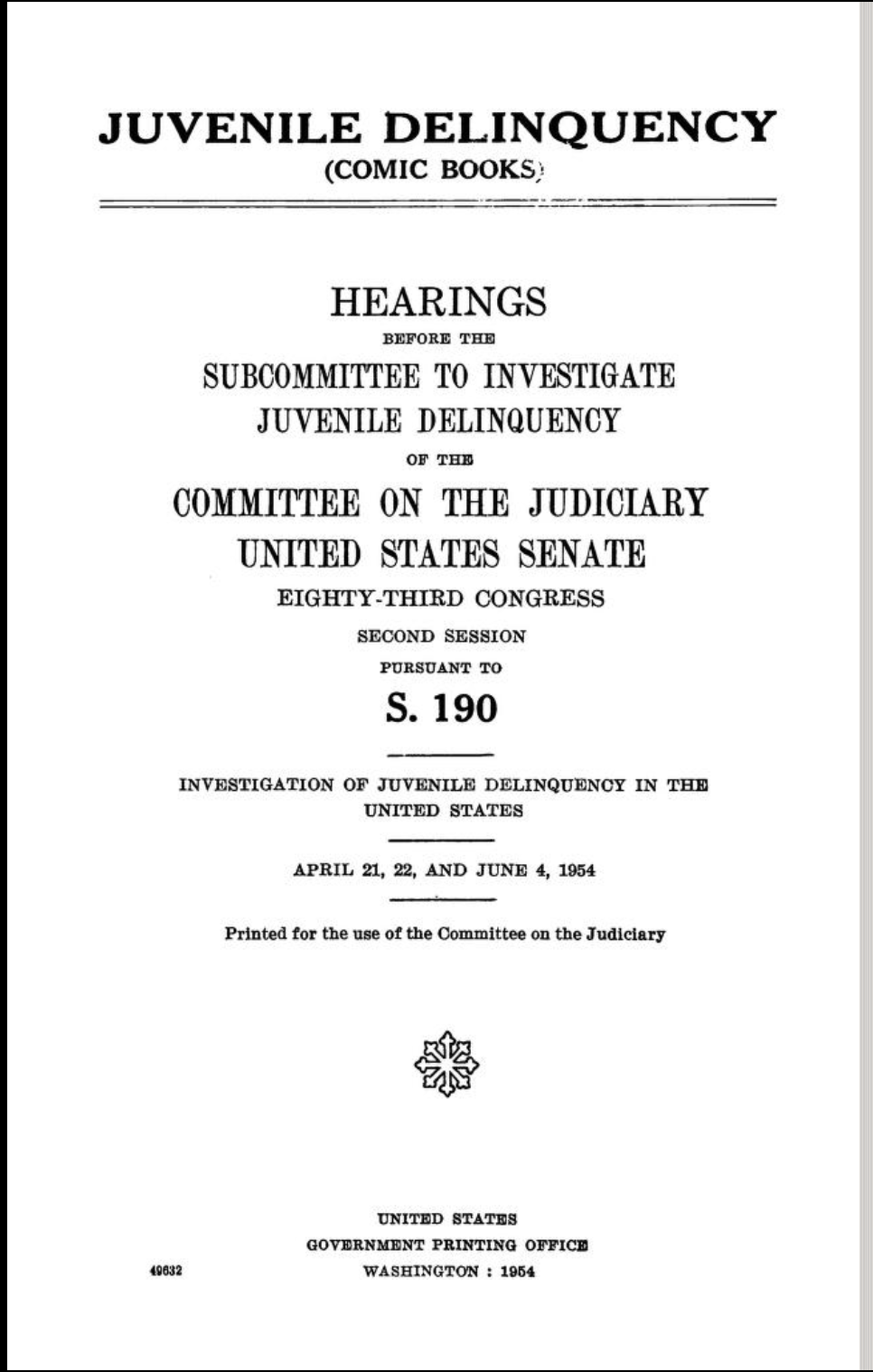
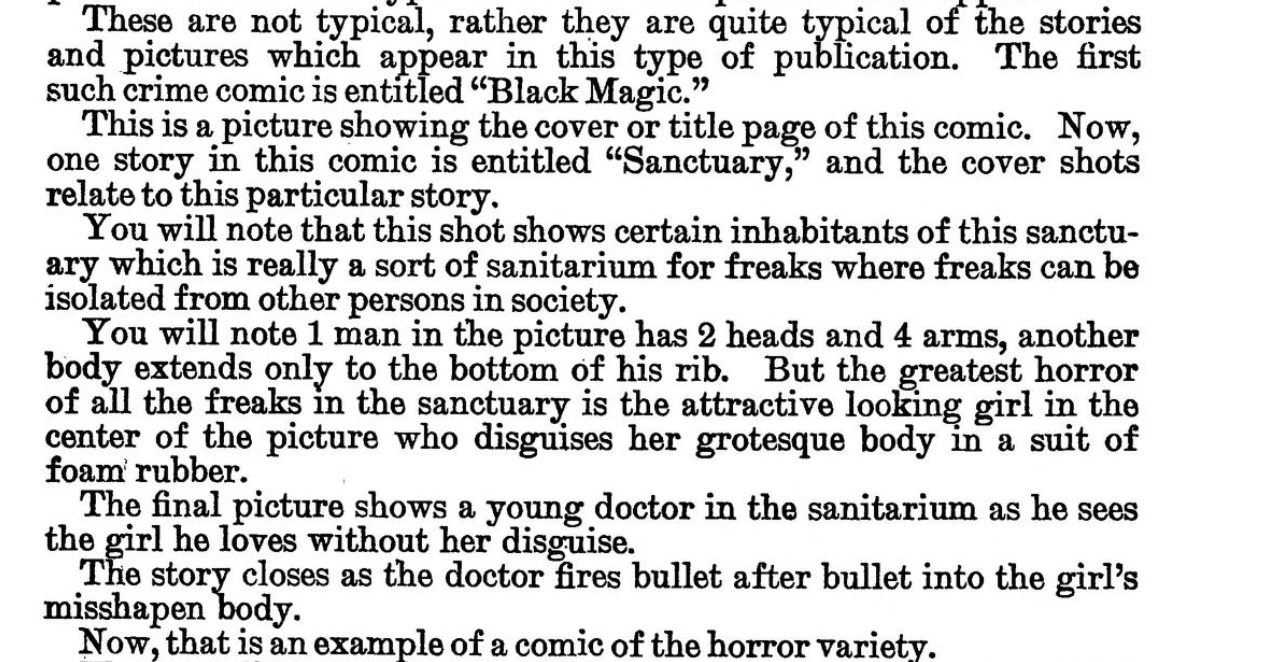
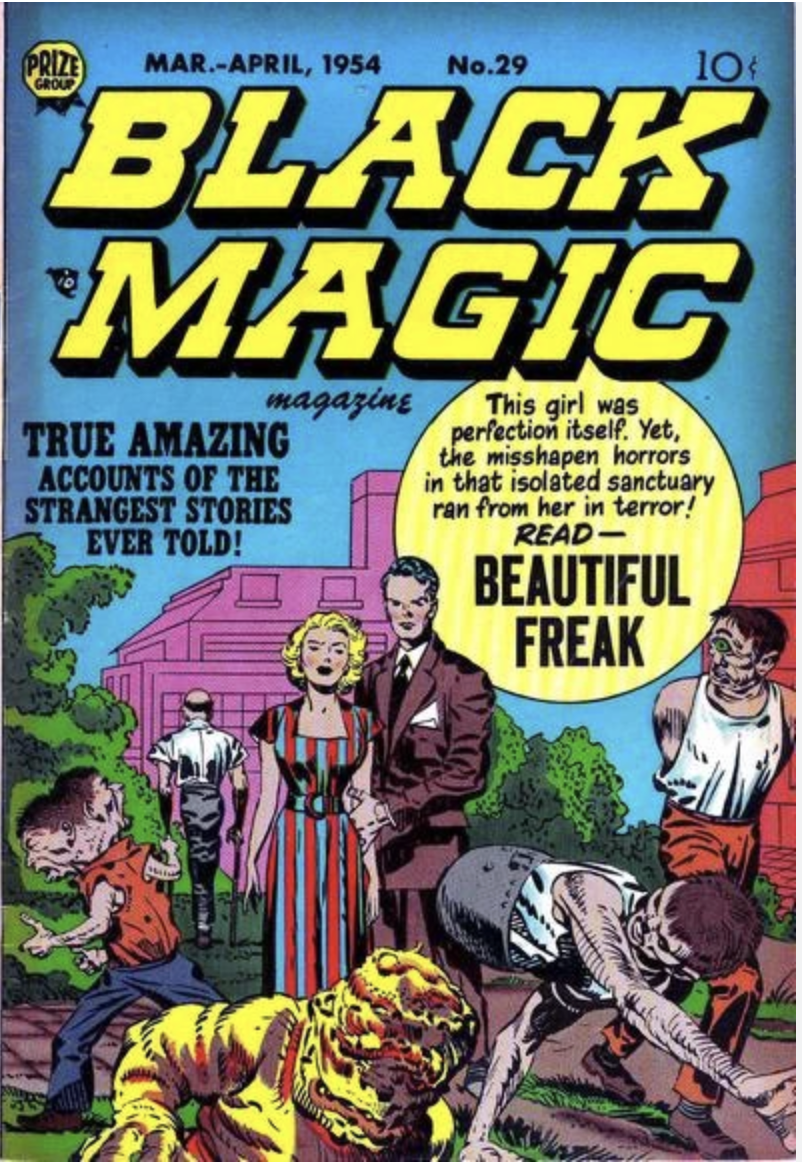
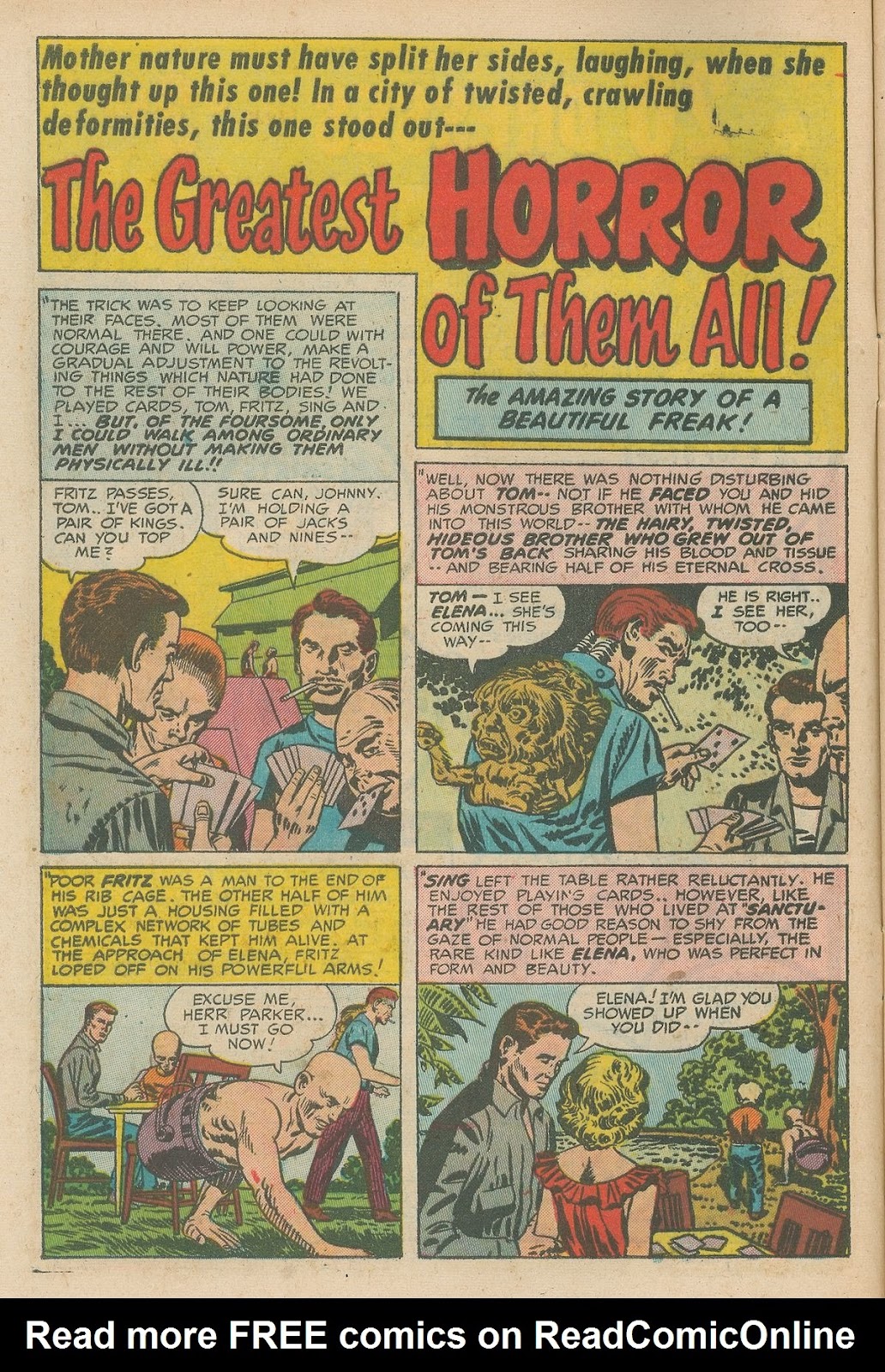
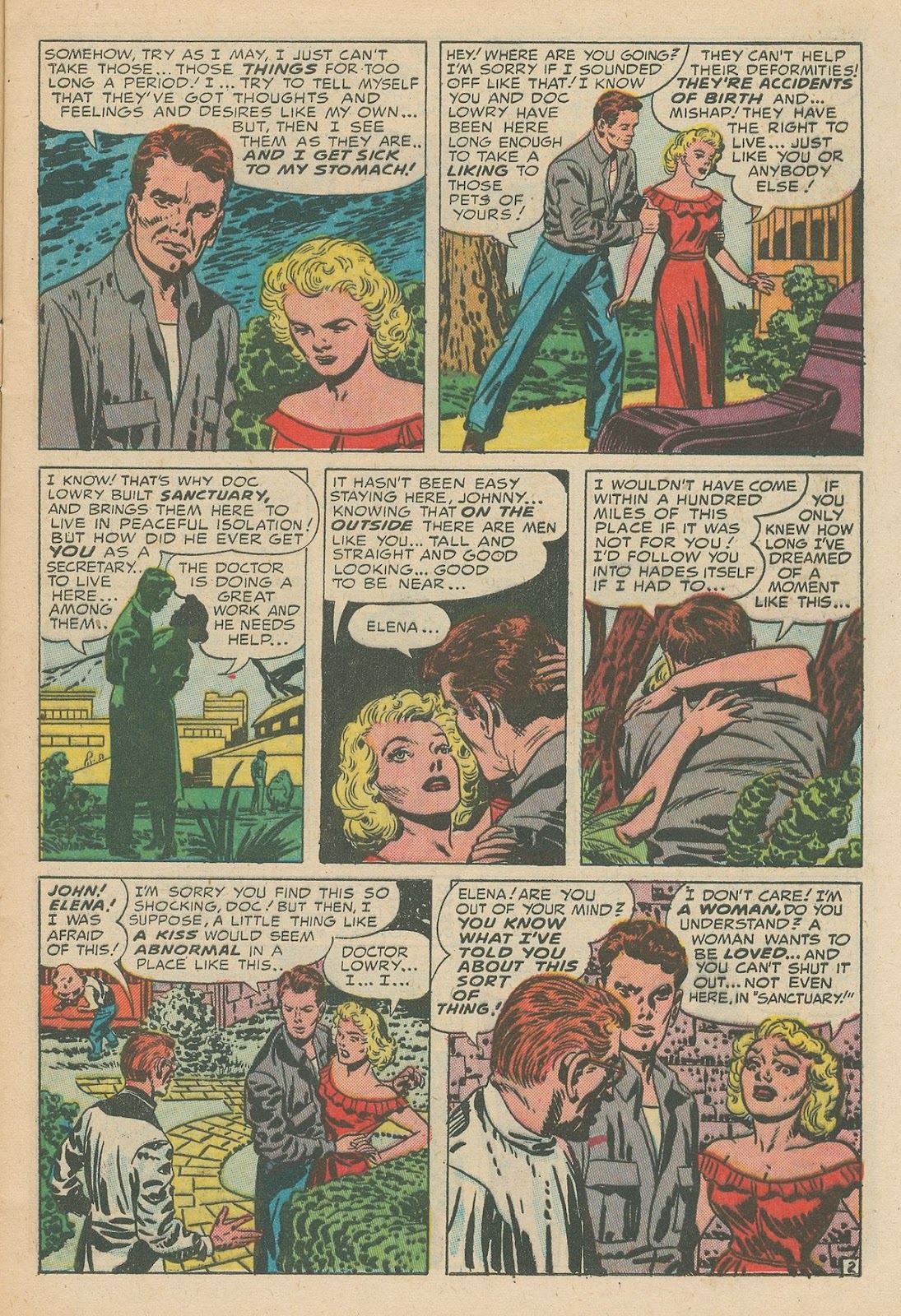
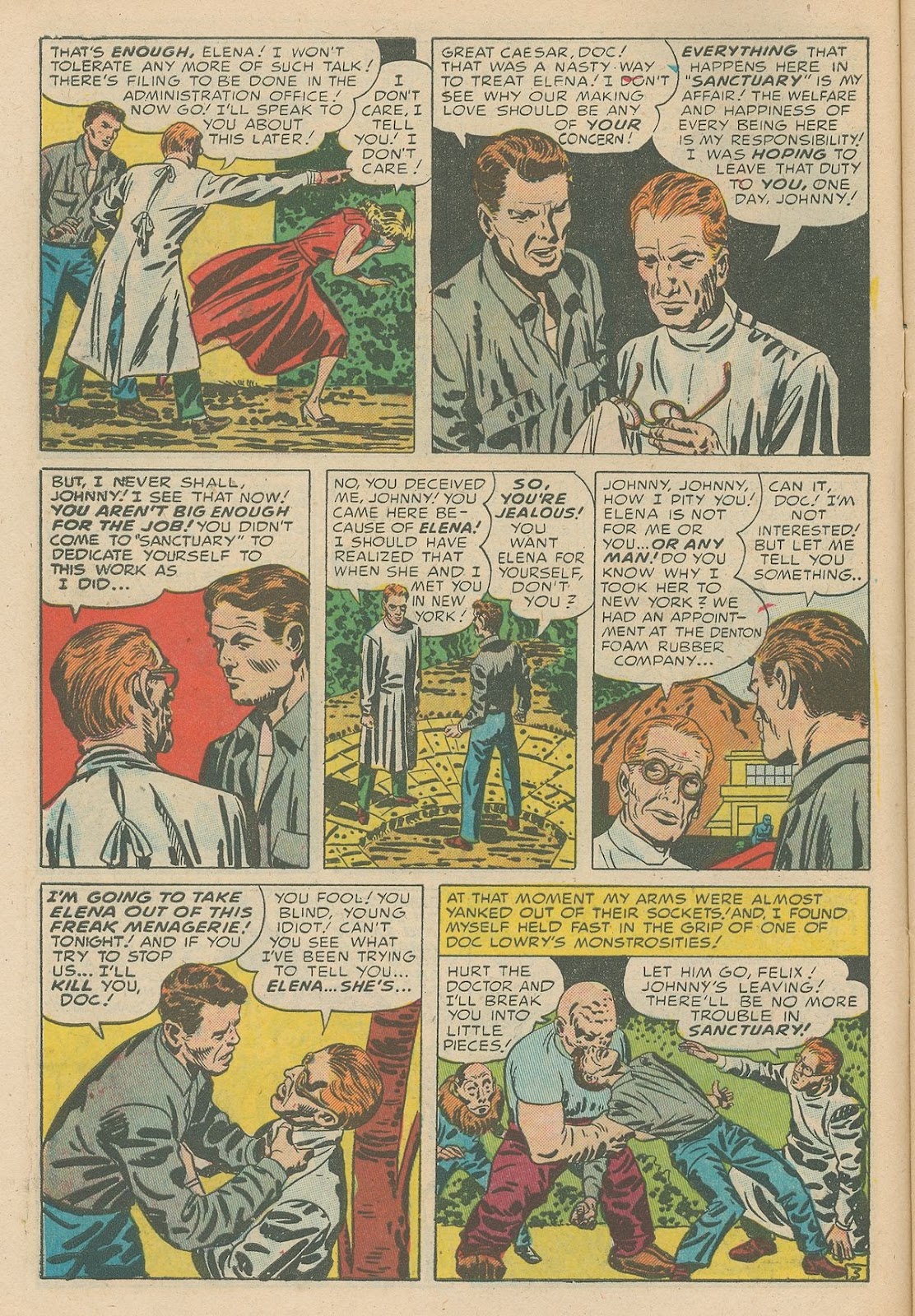
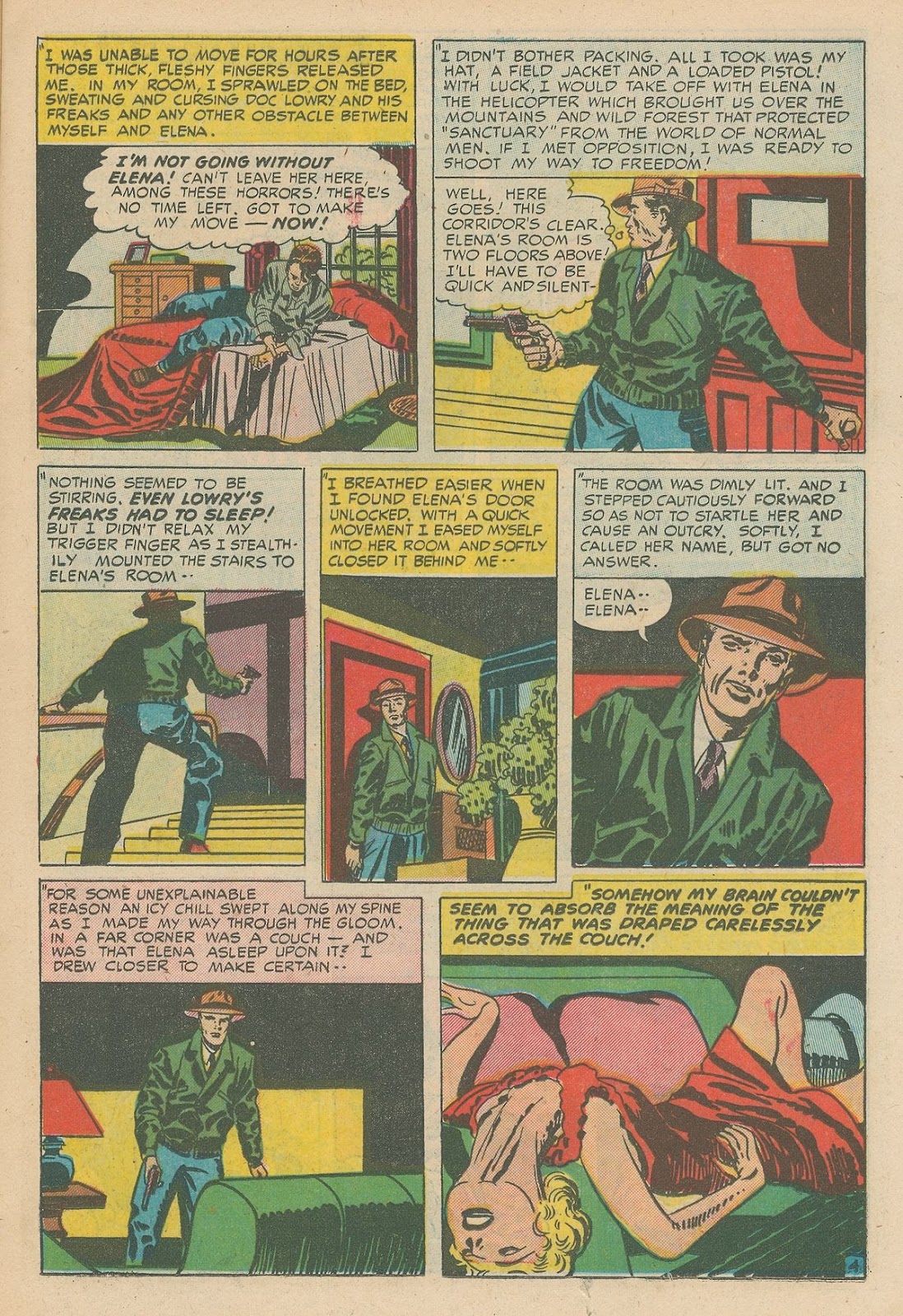
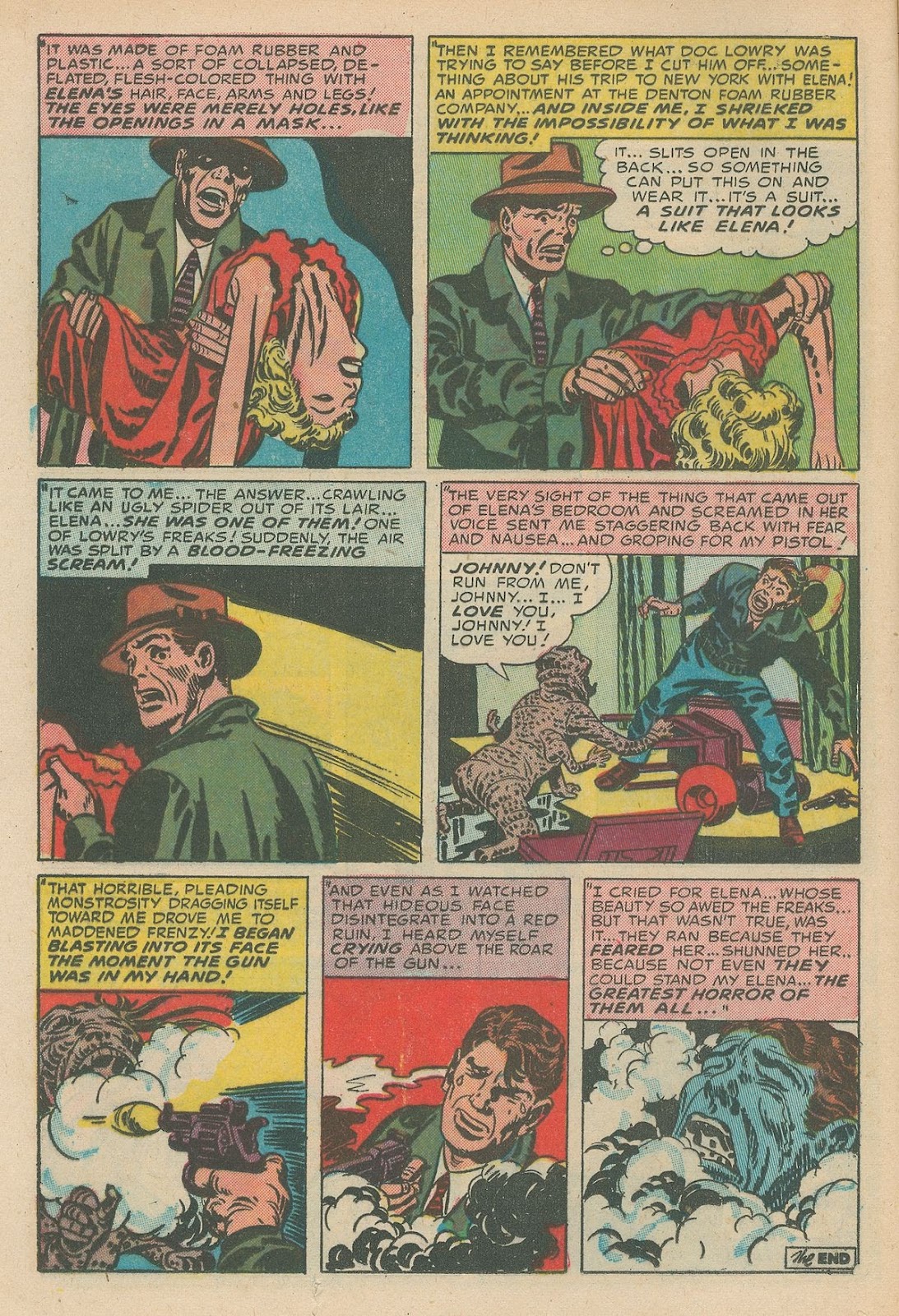
Posted By: Paul - Fri May 19, 2023 -
Comments (2)
Category: Horror, Politics, Scandals and Controversies, Comics, Children, 1950s

| Who We Are |
|---|
| Alex Boese Alex is the creator and curator of the Museum of Hoaxes. He's also the author of various weird, non-fiction, science-themed books such as Elephants on Acid and Psychedelic Apes. Paul Di Filippo Paul has been paid to put weird ideas into fictional form for over thirty years, in his career as a noted science fiction writer. He has recently begun blogging on many curious topics with three fellow writers at The Inferior 4+1. Contact Us |





